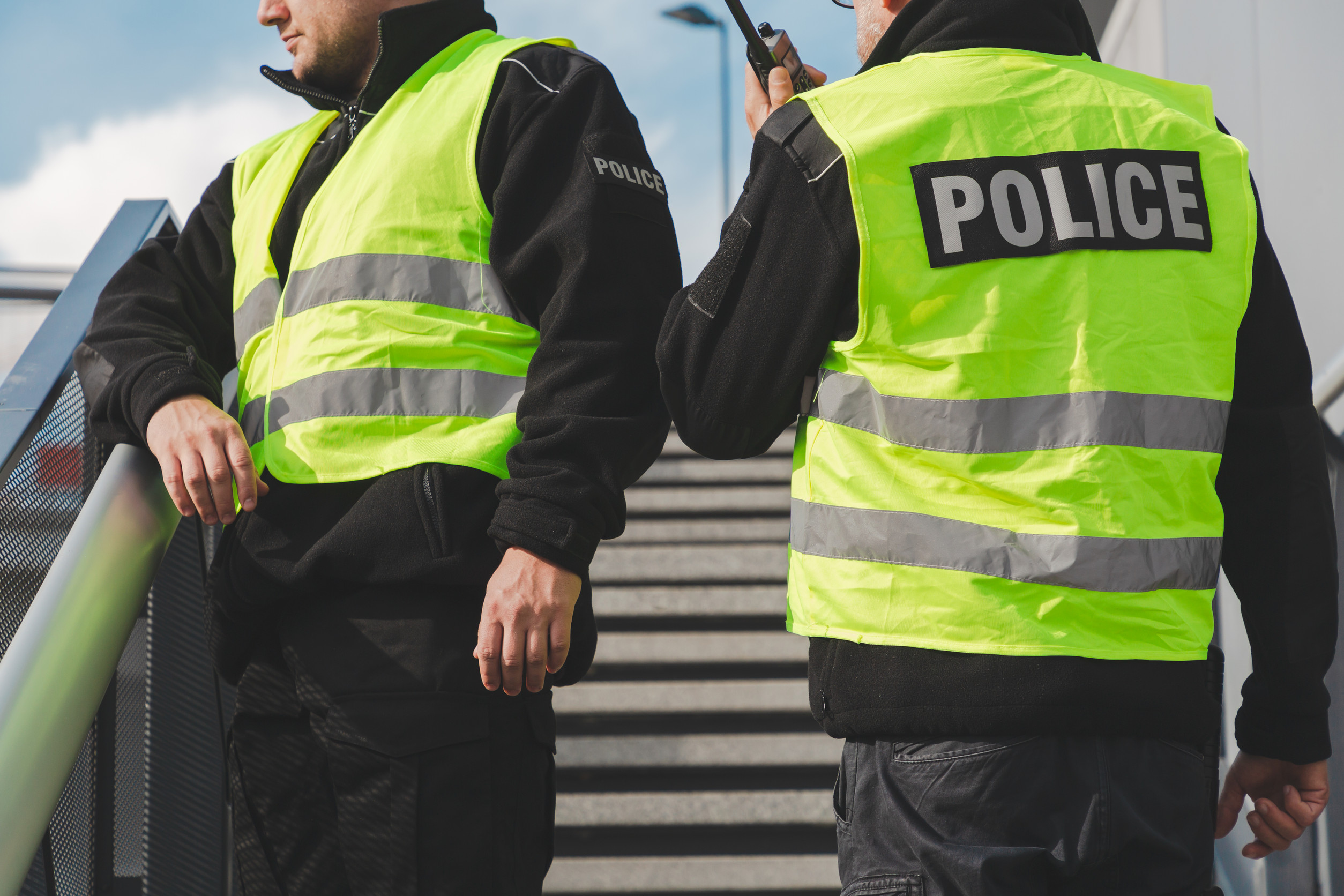
Modern policing has come a long way from the days of rotary phones and handwritten incident reports. Yet, despite advancements in technology, training, and public expectations, some law enforcement agencies still rely on outdated tactics that do more harm than good.
These old-school methods can fuel public distrust, escalate conflicts, and hinder the progress toward safer, more just communities. Understanding why these tactics persist—and the damage they cause—can help shine a light on what needs to change.
1. Stop-and-Frisk Without Probable Cause
Despite court rulings and data proving its ineffectiveness, stop-and-frisk continues to pop up in neighborhoods across America. This tactic allows officers to stop, question, and pat down individuals with minimal justification, often targeting communities of color disproportionately. Many studies show that the practice rarely uncovers serious crimes or weapons and instead creates a climate of fear and resentment. When people feel they can be stopped at any moment for no good reason, trust between police and communities quickly dissolves. Reformers argue that modern policing should replace such blanket suspicion with intelligence-led practices and genuine community engagement.
2. Aggressive No-Knock Raids
The use of no-knock warrants surged during the war on drugs, but decades later, these raids still wreak havoc in homes across the country. Officers often break down doors unannounced, creating chaos that sometimes turns deadly for both residents and police. Tragic stories abound of innocent people harmed or killed during mistaken raids, fueling public outrage and expensive lawsuits. Many law enforcement experts now question whether the risk outweighs the reward, especially when safer alternatives exist. Yet, despite these concerns, no-knock raids remain part of routine operations in many departments.
3. Using Military Equipment for Routine Patrols
The image of local police officers rolling through suburban streets in armored vehicles remains a startling reminder of post-9/11 policing trends. Initially justified for counter-terrorism and high-risk situations, surplus military equipment now appears in routine patrols and peaceful protests. Critics argue that this “warrior cop” mentality blurs the line between soldiers and civil servants, intimidating communities rather than protecting them. When everyday policing resembles a battlefield, the message to citizens is one of occupation rather than safety. Calls continue to grow for demilitarizing local forces and focusing on de-escalation and relationship-building instead.
4. Interrogation Tactics That Rely on Coercion
Some detectives still lean on high-pressure interrogations that have roots in decades-old crime shows and outdated manuals. These methods can involve intimidation, prolonged questioning, and deceptive tricks to elicit confessions. While they may produce quick results, false confessions have overturned countless convictions, devastating innocent lives. Modern psychology shows that stress and exhaustion make people vulnerable to saying what they think officers want to hear. Many legal experts advocate for replacing coercive interrogations with evidence-based approaches that prioritize accuracy over confessions at any cost.

5. Overreliance on Traffic Stops as Crime-Fighting Tools
Traffic stops remain one of the most common points of contact between police and the public, yet they are often used for more than enforcing road safety. Officers sometimes use minor infractions as a pretext to search for drugs or guns, disproportionately targeting drivers in marginalized communities. This approach can lead to unnecessary confrontations and even deadly encounters over what should be routine matters. Studies show that pretextual stops yield few major arrests but damage community relations significantly. Reformers argue that technology and data-driven policing offer better ways to tackle crime without subjecting drivers to unnecessary scrutiny.
6. Broken Windows Policing
Decades ago, the “broken windows” theory suggested that cracking down on minor offenses would prevent more serious crimes. While the idea seemed sound in the 1980s and 90s, research has since shown that aggressively targeting petty infractions often criminalizes poverty without reducing violent crime. Communities subjected to constant ticketing and arrests for loitering, graffiti, or panhandling see little improvement in safety and a big increase in resentment. This tactic drains public resources and clogs courts with minor cases while diverting attention from serious threats. Many cities are now moving away from broken windows policing, but some departments cling to it despite its proven flaws.
It’s Time to Retire These Relics
When policing methods belong more to the past than the present, communities suffer the consequences in broken trust, needless confrontations, and wasted resources. Modern challenges demand modern solutions rooted in fairness, transparency, and collaboration. Outdated tactics linger not because they work but because change often moves too slowly against the tide of tradition.
For public safety to truly serve everyone, it must evolve beyond fear-driven policies and militarized mindsets. Now it’s your turn, you are encouraged to share your thoughts below: Which old policing tactic do you think should be retired first—and what should take its place?
Read More
Which Cities Have the Most Police Complaints Per Capita?
5 U.S. States Where Police Can Confiscate Firearms Without Warning
The post 6 Outdated Police Tactics That Are Still Being Used appeared first on Clever Dude Personal Finance & Money.







